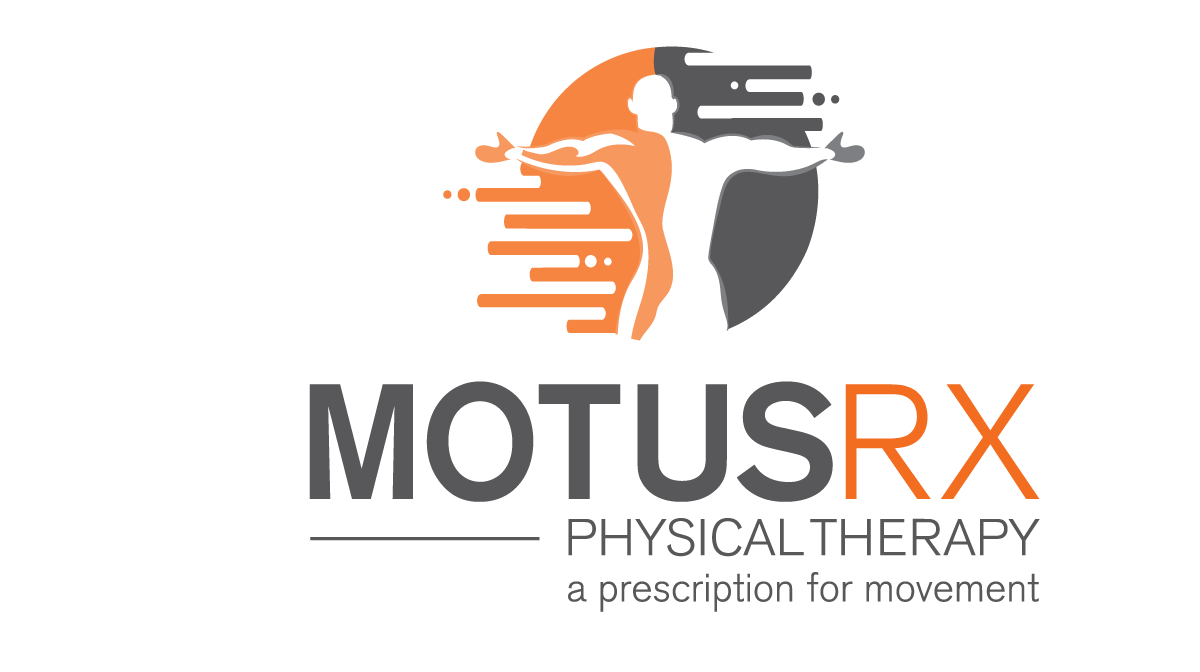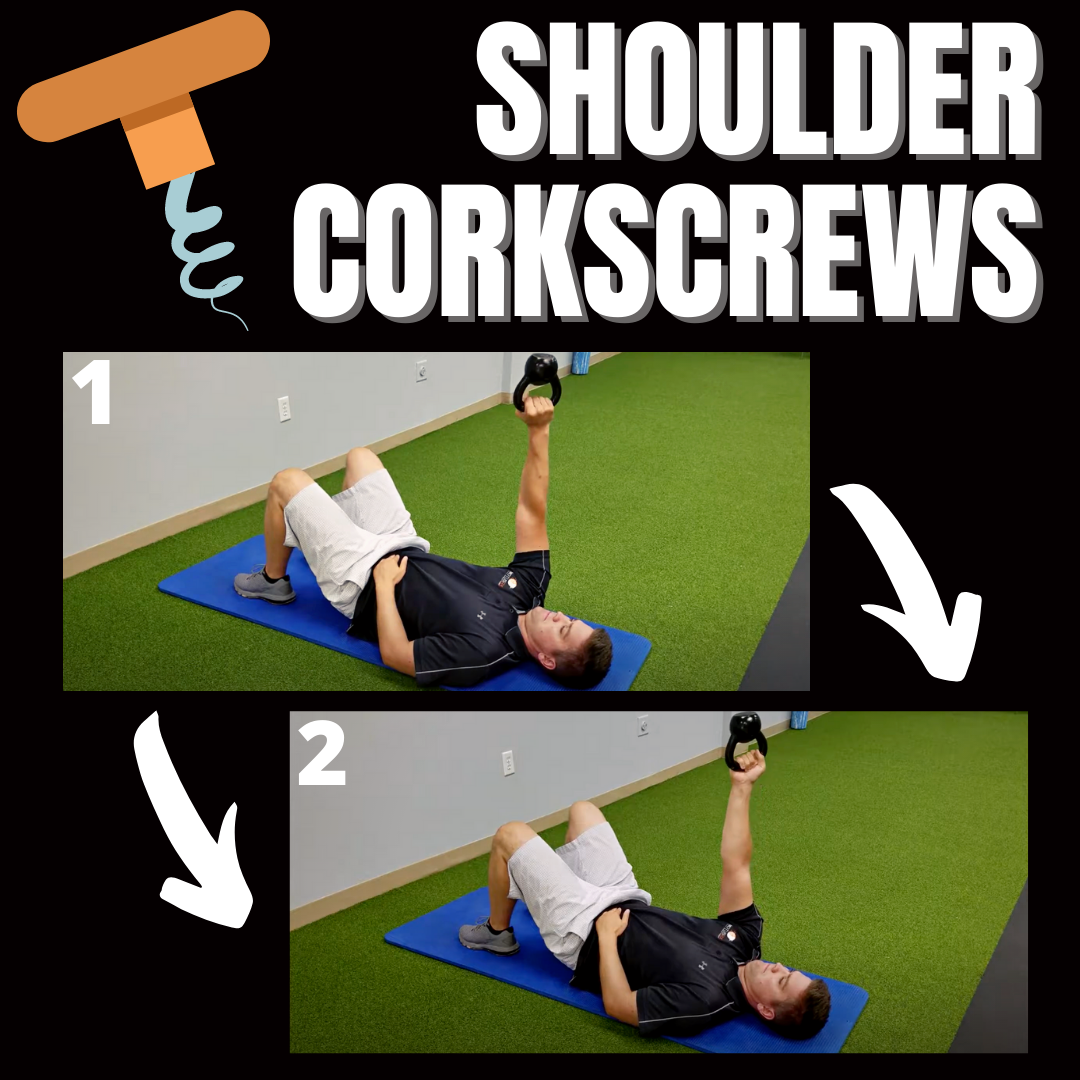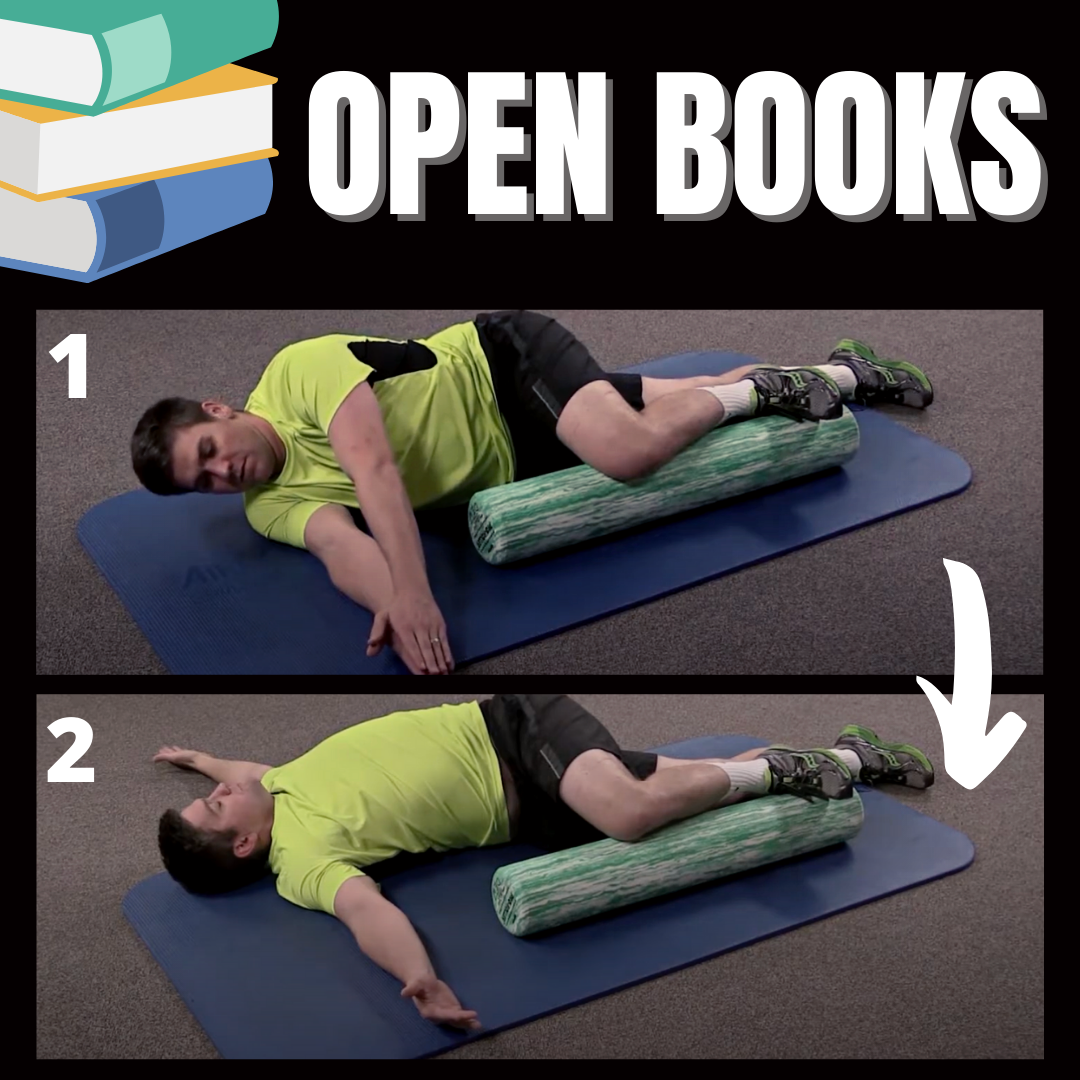Why Won't My Shoulder Pain Go Away?
Shoulder pain can make everyday tasks a burden. Tasks like putting a shirt on in the morning, combing your hair, or holding your hand on the steering wheel can all activate your shoulder pain.
Not all shoulder pain leads to surgery or relying on ibuprofen and Tylenol. Everybody’s shoulder pain is individualized to their specific situation. While surgery may be an option for one person, it may not be for another.
Straighten-Up: Your Posture Is Causing Your Shoulder Pain
When you think of “good posture” you often correlate it with back health. Maintaining good posture also have significant effects on shoulder health and shoulder pain. But the question is, “what is good posture?”
Well, the reality is we have no evidence that there is “perfect posture.” Thus, what we typically tell people is their next posture is their best posture. Meaning, you want to avoid being in any posture for too long even if the posture seems “perfect.”
One of the best ways to prevent posture-induced shoulder pain is to have a movement schedule. Your phone has an alarm you can set and schedule. If you’re going to be tied to a desk or car, every 15-30 minutes set an alert to change posture, move your arms, stretch your chest, or whatever helps you move.
Limited Mid-Back, Rib, & Shoulder Blade Mobility: The Shoulder Pain Culprit
The orientation of the ribcage and mid-back play a direct role in shoulder blade movement and subsequently the shoulder. If the mid-back, ribs, or shoulder blade lack movement it can cause the shoulder to become limited and lead to shoulder pain.
The opposite can also occur, if these regions lack movement the shoulder may compensate and do much more of the movement than it was designed to do. Having adequate motion of the mid-back, ribs, and scapula allows us to use our arms fully overhead while keeping the soft tissues of the shoulder protected.
You can improve your mid-back, ribcage, and shoulder mobility with the Pull Across and Press and Thread The Needle exercises to lessen your shoulder pain:
Pull Across and Press
The Pull Across and Press exercise focuses on shoulder blade stability, core stability, and pressing activation all in one. This is a great higher level rehab exercise for shoulder dysfunction to improve shoulder strength.
Click HERE to view a video demonstration of the Pull Across and Press.
Thread The Needle
The Thread The Needle is a great mid-back and shoulder mobility drill that helps to reduce lower back involvement. This exercise works end ranges when “threading” through our body and opening up.
Click HERE to view a video demonstration of the Thread The Needle.
Weak or Dysfunctional Rotator Cuff Muscles Are The Root Of Your Shoulder Pain
If you’ve had shoulder pain in the past, you’ve most likely heard of the rotator cuff. The rotator cuff is an important group of muscles that helps keep the ball of the upper arm bone within the joint during movement.
These muscles can be easily injured because they run through such a tight space within the shoulder complex. When these muscles are injured it can lead to shoulder pain inflammation, and loss of motion. Additionally, the mechanics of the shoulder complex can be disrupted leading to further impingement of the structures.
To strengthen the rotator cuff to ultimately decrease shoulder pain, you can complete Side Lying External Rotations and Shoulder Corkscrews.
Side Lying External Rotations
Complete Side Lying External Rotations to improve shoulder strength, stability, mobility, control and external rotation. This exercise allows you to build confidence in your shoulder by gradually increasing dumbbell weight and resistance.
Click HERE to view a video demonstration of the Side Lying External Rotations.
Shoulder Corkscrews
Shoulder Corkscrews dual as an active mobility drill for shoulder rotation and stability drill for the shoulder blade. This exercise is fantastic of “locking in” mobility gains you’ve made and to activate the rotator cuff’s dynamic job to stabilize the shoulder.
Click HERE to view a video demonstration of the Shoulder Corkscrews.
Shortened Muscles Of The Chest Wall Are Causing You Shoulder Pain
When you have a slouched forward posture of the shoulder the chest wall becomes closed and the muscles on the chest can shorten. These shortened chest muscles can continue to draw the shoulder complex forward leading to a position that limits range of motion and decreases the shoulder space.
To begin to take stress off your shoulders and reduce shoulder pain, you can complete the Seated Butterfly Wall Angels and Open Book to lengthen the chest wall:
Seated Butterfly Wall Angels
Seated Butterfly Wall Angels improve shoulder mobility over a neutral spine. The Wall Angels lengthen the front of the chest to take tension off of your shoulders. As an added bonus, this exercise improves your ability to perform compound movements.
Click HERE to view a video demonstration of the Seated Butterfly Wall Angels.
Open Book
The Open Book is a phenomenal exercise for not only lengthening your chest wall as you “open the book” but also improving thoracic rotation, extension, and muscle balance in the upper quadrant.
Click HERE to view a video demonstration of the Open Book.
Seek A Physical Therapist For Your Shoulder Pain
Physical therapy is a great solution to help promote proper movement and healing of the musculoskeletal system. If your shoulder pain is preventing you from doing the things you love, Motus Rx Physical Therapy can help.







